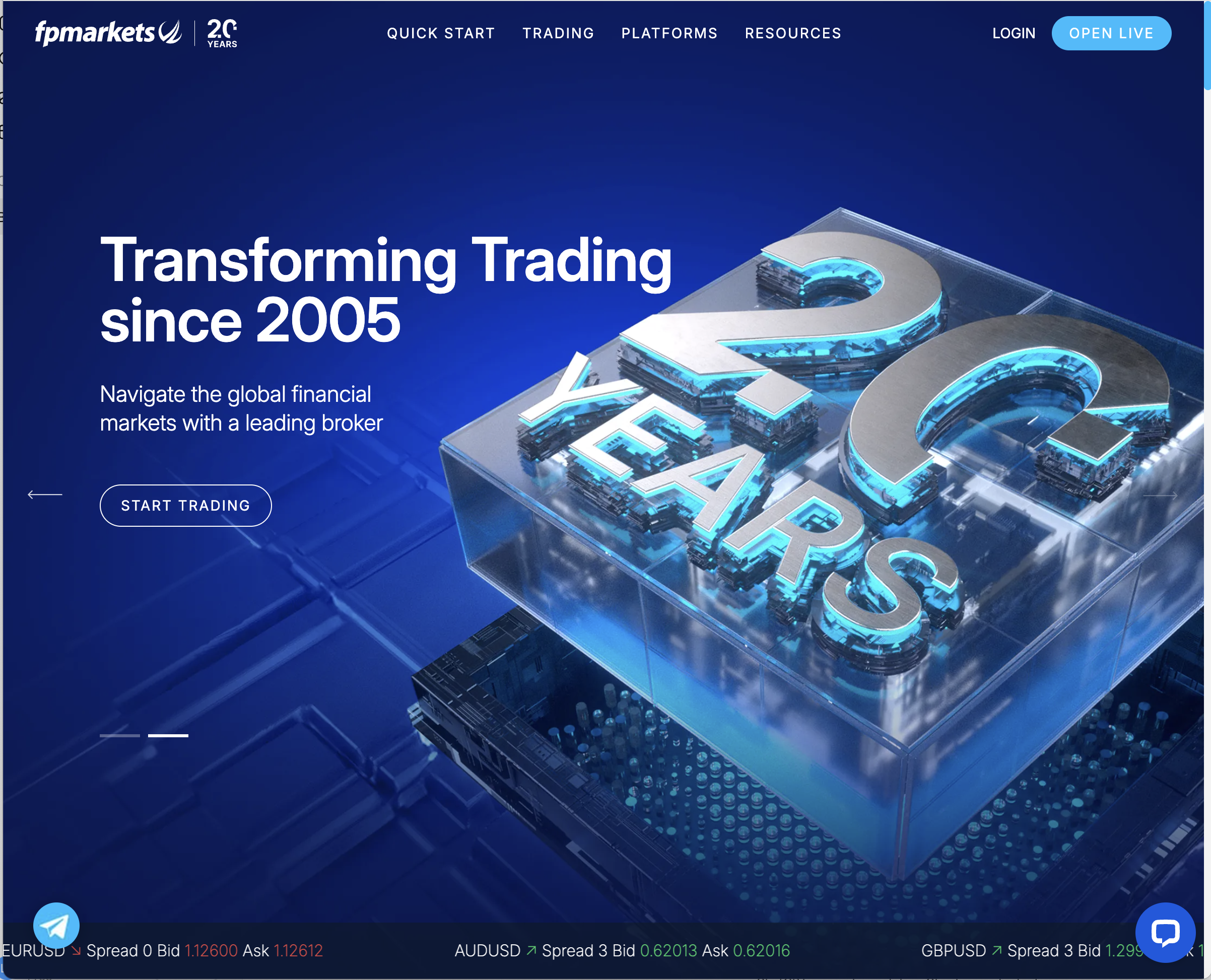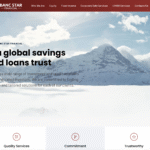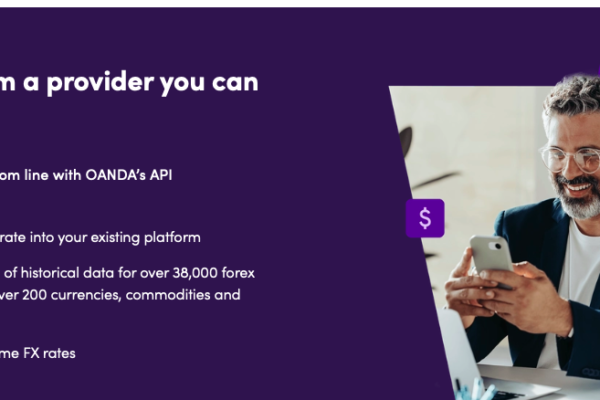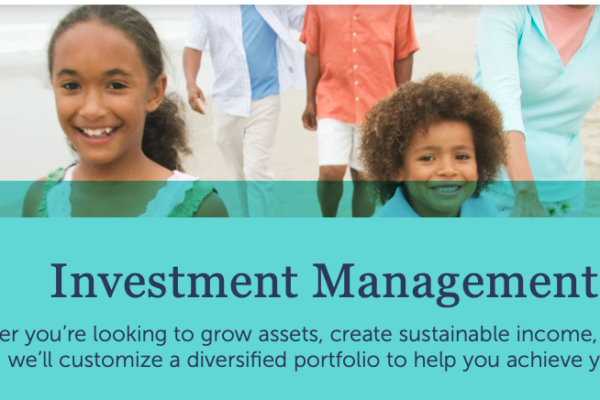Fintrexcap Scam Review — The Truth Behind
The growth of online forex and crypto platforms has brought opportunity and danger in equal measure. While some providers deliver genuine trading access, others rely on hype, confusion, and opacity.
If you’ve encountered Fintrexcap and wonder whether it’s a platform you can trust, this investigative review walks through the critical steps that separate legitimate brokers from high-risk operators.
1. The Promise of Easy Profit
Most questionable trading sites start with the same emotional hook: “Trade like professionals and earn daily income.”They promise speed, technology, and simplicity—often highlighting “AI-powered trading” or “guaranteed profits.”
Anytime a broker or platform downplays risk or presents profit as inevitable, you should assume the marketing department—not the trading desk—is running the show. Real financial services firms discuss volatility, leverage exposure, and drawdowns. Sales-driven websites focus on lifestyle imagery and “success stories.”
2. Corporate Identity — Who Owns the Operation?
A trustworthy brokerage identifies itself unambiguously.
Check for:
-
Full legal name of the operating company.
-
Company registration number.
-
Physical address (not a P.O. box).
-
Named directors or executives.
When those details are vague or inconsistent across different pages—or when the company lists multiple jurisdictions without explanation—it’s a signal of deliberate opacity. Hidden ownership structures are incompatible with financial accountability.
3. Regulatory Verification
In online trading, the regulator is the investor’s only safety net. Claims such as “licensed globally” or “registered under international law” are meaningless unless you can confirm the license on an official regulator’s website.
Perform a simple test:
-
Note the regulator’s name listed on the site.
-
Visit that regulator’s public register.
-
Search for the company name.
If nothing appears—or if the listed entity is unrelated—you’re dealing with an unregulated platform. Without regulation, no external body monitors the handling of client funds.
4. Domain and Digital Footprint
Technical information can tell you how long the platform has existed. Use a WHOIS lookup to check:
-
Domain age: a domain registered in the last year signals a short track record.
-
Ownership: hidden or constantly changing registrant data is suspicious.
-
Linked domains: clones often share design templates and backend code.
A long-established, transparent domain builds confidence; a short-lived, privacy-shielded one undermines it.
5. Onboarding and Sales Behavior
How a company treats a prospect reveals its culture. Reputable brokers encourage gradual engagement—demo accounts, education, and verified compliance documents.
High-risk outfits pursue urgency:
-
Phone calls within minutes of registration.
-
Pressure to deposit quickly.
-
Promises of “exclusive trading signals” for a higher deposit tier.
That aggressive style isn’t relationship-building; it’s conversion targeting. When communication turns insistent, step back and reassess.
6. Funding and Withdrawal Mechanisms
Examine the payment options carefully.
Transparent platforms:
-
Accept credit/debit cards or bank transfers in the company’s name.
-
Provide receipts and transaction confirmations.
-
Allow withdrawals to the original funding source.
Opaque operations:
-
Request direct crypto transfers to anonymous wallets.
-
Impose arbitrary withdrawal “fees.”
-
Require additional deposits to “verify accounts.”
Deposits should be traceable and reversible; otherwise, you relinquish control of your money the moment it leaves your account.
7. Fee Structure and Hidden Costs
Professional brokers publish spreads, commissions, and overnight fees openly.
If a site only lists vague “service charges,” or fees that appear after deposits are made, it’s a transparency failure.
Always request a full schedule of charges before sending any funds. If support avoids the question, you have your answer.
8. Marketing and Endorsements
Watch how a platform tries to build credibility.
-
Are “experts” or influencers promoting it without disclosure?
-
Does the site quote fake testimonials or award badges without verifiable sources?
-
Are high-profile media logos displayed without links to real coverage?
Legitimate recognition is easy to verify; fake endorsements rely on superficial graphics and unverifiable praise.
9. User Feedback Patterns
Online commentary can be messy, but repetition of specific problems points to structural issues.
Common patterns include:
-
Deposits accepted instantly, withdrawals delayed indefinitely.
-
Requests for identity documents only after large deposits.
-
Claims that profit cannot be withdrawn without additional payments.
Even a handful of consistent complaints describing these issues deserves attention. Cross-check multiple forums before judging credibility.
10. Communication Channels
The difference between a company and a scheme often lies in how support communicates.
Professional brokers use ticketing systems, company emails, and documented chat logs.
Risky ventures rely on personal messaging apps—WhatsApp, Telegram, or direct phone calls—because those leave no formal record.
If all contact stops when you question regulatory status or ask for proof of licensing, that silence is itself a warning.
11. Technical and Security Transparency
Any platform handling client money must prove strong cybersecurity.
Ask:
-
Do they support two-factor authentication (2FA)?
-
Are funds held in segregated accounts or cold storage?
-
Is there an independent audit of the system’s integrity?
Silence or generic claims (“bank-level security”) indicate marketing language, not evidence.
12. Testing the Withdrawal System
Before committing significant capital, test the mechanics.
-
Deposit the smallest possible amount.
-
Execute one trade.
-
Attempt a full withdrawal.
If you encounter excuses—such as “system upgrades” or demands for extra deposits—document everything and cease further transfers immediately.
An unwillingness to release funds is the clearest signal that a platform prioritizes intake, not service.
13. Legal Terms and Dispute Clauses
Read the Terms of Service carefully. Warning signs include:
-
Jurisdictions known for lax financial oversight.
-
Clauses granting the company unilateral power to freeze accounts.
-
Mandatory arbitration in obscure territories.
Ambiguous contracts protect the operator, not the client. Legitimate brokers welcome transparency because it demonstrates professionalism.
14. Building a Personal Risk Framework
Instead of labeling a company outright, evaluate it across measurable dimensions.
| Category | Low Risk | High Risk |
|---|---|---|
| Regulation | Verified license | None or unverifiable |
| Ownership | Public directors | Anonymous or shell |
| Payments | Corporate bank account | Anonymous crypto wallets |
| Transparency | Audited statements | None |
| Reputation | Mixed, verifiable | Repeated unresolved complaints |
The more categories score “high risk,” the more your funds are exposed.
15. The Broader Context of Online Investment Traps
Why do platforms like this proliferate? Because financial anxiety and technological optimism create perfect conditions for persuasion.
Words such as “blockchain,” “AI,” and “automated income” sound sophisticated but often hide ordinary deposit-collection schemes.
Technology doesn’t guarantee integrity—governance does.
16. Final Thoughts
Whether Fintrexcap turns out legitimate or questionable, investors should treat its structure as a case study in due diligence.
The key takeaways:
-
Verify regulation first—everything else is secondary.
-
Demand traceable payment methods.
-
Test withdrawals early.
-
Keep written records of all communication.
-
Report Fintrexcap and Recover Your Funds
If you have fallen victim to Fintrexcap and lost money, it is crucial to take immediate action. We recommend Report the scam to BOREOAKLTD.COM , a reputable platform dedicated to assisting victims in recovering their stolen funds. The sooner you act, the greater your chances of reclaiming your money and holding these fraudsters accountable.
Scam brokers like Fintrexcap persistently target unsuspecting investors. To safeguard yourself and others from financial fraud, stay informed, avoid unregulated platforms, and report scams to protect. Your vigilance can make a difference in the fight against financial deception.





